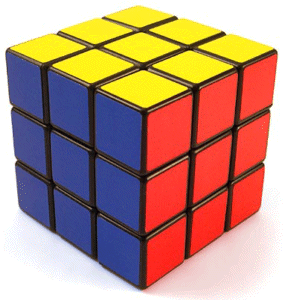The Definition of Patterning: Your Brain Slowed Down

So what is patterning?
Patterning is simply a factor of:
1) Recognition.
2) Repetition.
3) Layering.
Recognition comes first
Imagine you’re in a city you’ve never been to before. Around you are cobbled stone streets. Hey, you’re in Rome.
But you’re hopelessly lost. The summer sun has long set, and you desperately want to get back to the hotel. But you can’t figure out where you are. This situation, as you’ve already worked out is a lack of recognition.
Of course, you know what comes next
You go back to the same cobblestone area the next day. And the day after. And then suddenly, you’re not even thinking about the way back to the hotel. Ah, but you are. Your brain has worked out a temporary map. And the repetition has helped you to get back.
Layering of course, is something we don’t pay attention to, at all
But it’s layering that really makes the difference. You see, recognition and repetition are core parts of your learning. But layering takes it to another level.
The first time you were lost, you didn’t see the beautiful flowering tree
Or the green paint on the window. You didn’t see that pizza place around the corner. But now you do. Your brain is beautifully layering colour, odour, sound, texture and tons of other stuff, that you’d find impossible to explain. And in a way impossible to re-create.
How do we know that we couldn’t re-create it all?
Because if someone told you to simply draw the scene, you’d only be able to re-create some of the scene. You’d miss out on many elements. You’ll miss out that faded poster on the wall. You’ll miss the ornately carved park bench. You’ll wonder how you didn’t see the bright red post box.
And if someone were to take you on this magical mystery tour...
The tour of the faded poster. The ornately carved park bench. And the bright red post box.
Then you’d enter the first phase: Recognition.
Of course, you’d see it again and again: Repetition.
And you’d start to recognise details. Far more details would enter your brain every single time. Aha!: Layering.
Now add recognition, repetition and layering at high speed.
And you have patterning.
Patterns are why you see a chair and know it’s a chair.
Why you listen to Chopin’s Prelude No.4 you’d remember it, if it was played to you again and again.
Why you see a child, and know it’s not your child.
That’s patterning.
Which is why you could recognise the Rubik’s Cube at the top of this page.
Your brain had seen it enough times, to tell you that it was indeed not any old cube.
But a Rubik’s cube.
And if that picture wasn’t of an actual cube, but a cake designed like a Rubik’s Cube.
Or furniture. Or just about anything. You’d still recognise the pattern.
Aha, you’re a genius.
Recognise the pattern.
And you’ve cracked the code.
But there’s still more work to be done.
It’s not enough to recognise a pattern. Or to crack a code.
But let’s leave it for another post, shall we?
For now I’d love it if you had any life stories, or comments or questions.
Feel free to fill in the comments box.

